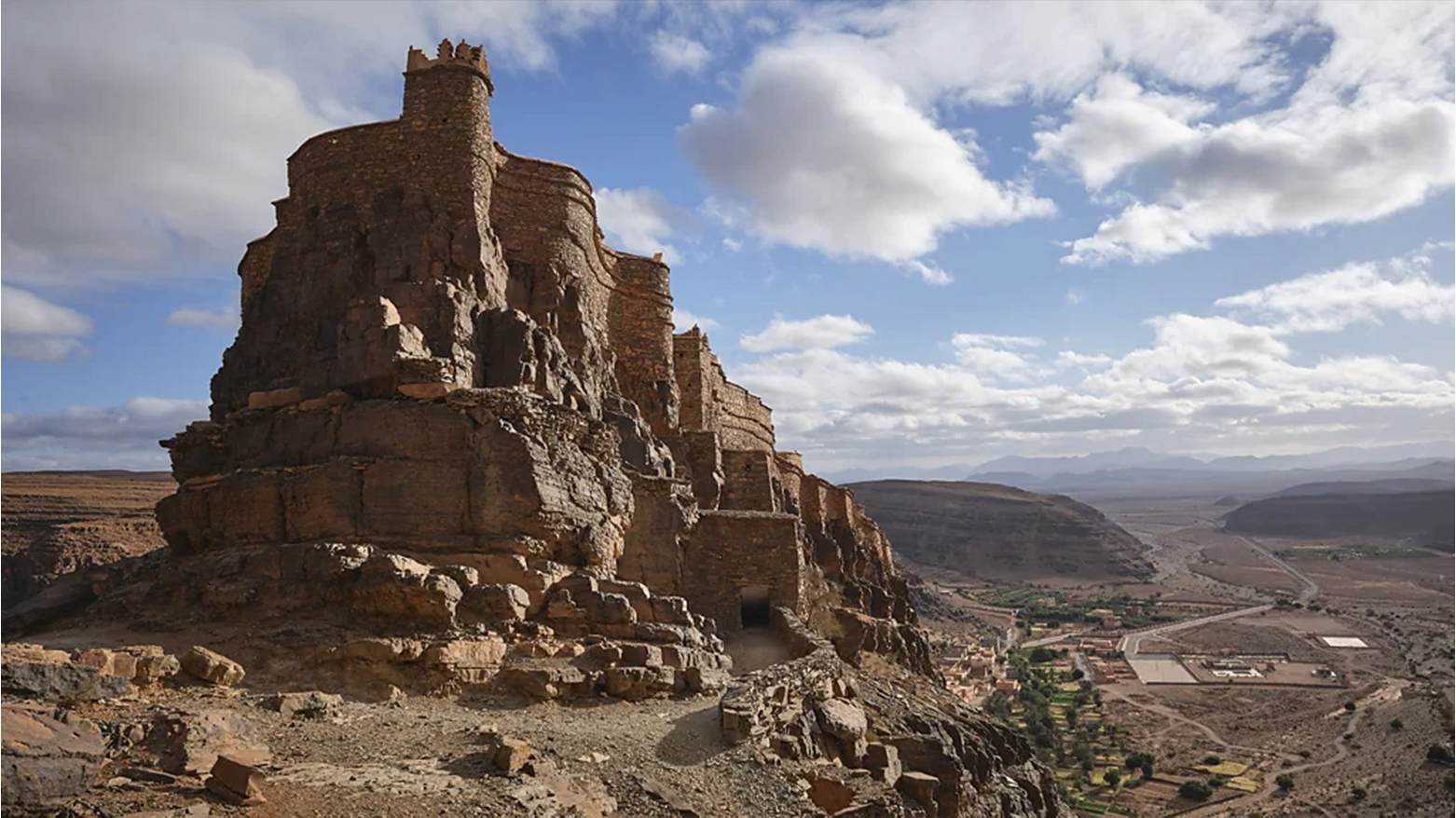World’s oldest bank system in Morocco, Igoudar is 500 years old bank
Some researches show that the Amazigh tribes, first, built Igoudar to store their community's belongings, not only the grains, nuts, oils and dates harvested from southern Morocco's valleys, but also the woven carpets, silver jewellery and legal documents belonging to the local families and resident

ERBIL, Kurdistan Region (Kurdistan 24) – Archeologists believe that it was used as a now-known bank, and it was ingeniously built and designed in Morocco.
According to archeologists and experts, it believed to be 500 years old, they say “it offers a glimpse into Morocco's Indigenous heritage concerning saving valuable properties”
As the palm-wood door opens, a jaw-dropping labyrinthine come up, its vaults reveal one of Morocco's oldest Igoudar -bank, communal storehouses and layers, which was built by the tribes in that time, centuries ago.
The historians think Igoudar, is among the world's oldest banking systems, people used to protect their most valuable possessions in.
A local student of Amazigh Architecture, Mohamed al-Houssmi said “because of the constant threats, the tribes organized and ran Igoudar as a community, similar to modern cooperatives and banks”
Some researches show that Amazigh tribes first built Igoudar to store their community's belongings, grains, nuts, oils, dates and carpets from the southern fertile land valleys, as well as silver, jewellery and legal documents belonging to the local families and residents.
The building location situated in a strategic area, i.e. that shows it’d been carefully chosen and designated.
The rocky outcrops of the Anti-Atlas Mountains, providing protection against the dangers, lootings, raids, drought...etc.
It is understood that Igoudar would fast become the significant and eye-catch of Amazigh life, it was a bank, mosque, debate halls and even used as a shelter during conflict times.
Despite the fact that earthquakes, urban-to-live migrating and rural depopulation, the common spiritual of preserve and persevere are still felt in the area.
Villagers returns and visits to their place of origin, led to Moroccan government to work with artists and engineers to restore this precious site.



 P
P

